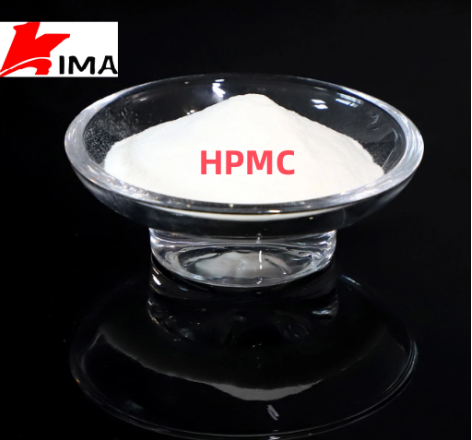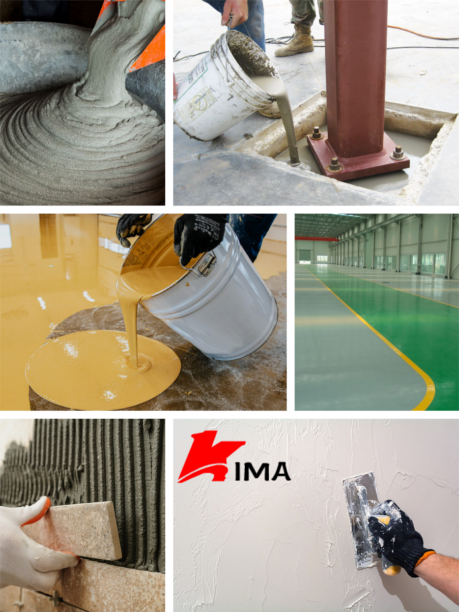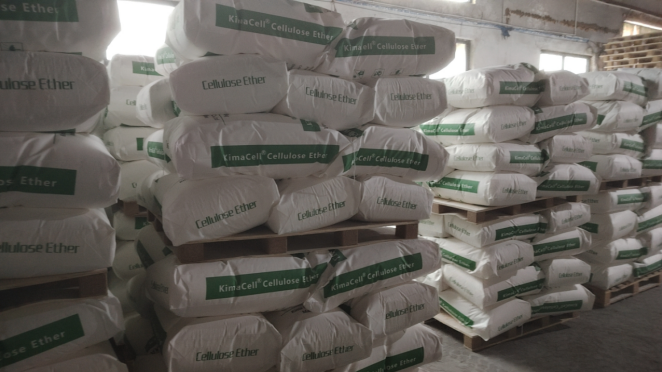HPMC (hydroxypropyl methylcellulose) plays a variety of important roles in coatings and is widely used in the fields of pharmaceuticals, food, cosmetics and industrial coatings. Its unique chemical properties make it an ideal coating material.

1. Forming a stable film layer
HPMC has good film-forming ability and can form a uniform and strong film on the surface of the coating. Due to its water solubility and hydrophilicity, HPMC coatings can maintain good film stability under the influence of moisture. Therefore, it is particularly important in drug controlled release dosage forms, where it can control the release rate of the drug by forming a film layer and reduce the drug's excessive dissolution and release.
2. Thickener and suspending agent
HPMC can be used as a thickener in water-based coatings to increase the viscosity of the coating and improve the coating's suspension ability and rheological properties. This is essential to ensure uniform coating of the coating, especially in the pharmaceutical and food fields, where HPMC helps to evenly disperse drug particles or other ingredients in the coating liquid to avoid sedimentation and inhomogeneity.
3. Improve the mechanical properties of the coating
Due to its strong intermolecular forces, HPMC can improve the mechanical strength of the coating and enhance the toughness and softness of the film. This allows the HPMC coating to withstand deformation under external forces without breaking easily, increasing the durability of the coating.
4. Control dissolution and release properties
In the pharmaceutical field, HPMC, as a controlled release material, can regulate the dissolution rate of the drug through the properties of the film. By adjusting the concentration and molecular weight of HPMC, the rate of drug release can be precisely controlled to achieve sustained release or delayed release. This property is particularly suitable for oral preparations, reducing the need for frequent medication and improving patient compliance.
5. Improve the transparency of the coating
HPMC has good transparency, especially in the case of thin coatings. For applications that require transparent or translucent films, such as coatings for food and cosmetics, HPMC can provide a clear and beautiful appearance without affecting the visual effect of the product. In addition, transparent coatings can sometimes enhance the attractiveness of goods or increase the recognition of drugs.

6. As an adhesive
HPMC has a certain adhesive ability, which enables it to help bond materials in coatings, especially in the packaging of drug particles or food ingredients. This property can enhance the stability of drugs and prevent them from volatilizing or deteriorating during production and storage.
7. Water and moisture resistance
HPMC has good stability in a humid environment, and its hydration allows the coating to maintain its performance in a humid environment. Although HPMC itself is a hydrophilic substance, it can enhance the water resistance of the coating through appropriate modification. For oral coatings in the pharmaceutical field, moisture resistance is particularly important and can extend the shelf life of the drug.
8. Adjust the adhesion of the coating
HPMC can improve the adhesion of the coating to the substrate, especially in applications involving complex surfaces or requiring high adhesion. HPMC as a component in the coating can improve the adhesion of the coating. For example, in some drug coatings, HPMC can help the drug coating adhere firmly to the surface of pills or particles to prevent the coating from peeling or falling off.
9. Environmental friendliness
HPMC is modified from natural cellulose and is a biodegradable material, so it has high environmental friendliness. With the increasing demand for green environmental protection, HPMC has become the preferred material in many coating products. Compared with synthetic polymer materials, HPMC can be quickly degraded in the environment, reducing the burden on the ecological environment.

10. Used in special functional coatings
HPMC is also widely used in some special functional coatings. For example, in some special controlled release systems, HPMC can be used as a membrane material to help release drugs at specific locations in the digestive tract. It can also be used as a sustained release agent, especially in oral preparations of drugs or foods, which can control the release time of drugs and reduce the occurrence of side effects.
As a water-soluble polymer material with multiple functions, HPMC is widely used in coatings. It can not only form a tough film layer and improve the mechanical properties of the coating, but also adjust the dissolution rate of the coating, control the release of drugs, and improve the stability and appearance of the product. By adjusting the molecular weight, concentration and other formulation components of HPMC, the needs of different coating systems can be met. Therefore, HPMC has important application value in many fields such as medicine, food, and cosmetics.
 English
English 日本語
日本語 français
français Deutsch
Deutsch Español
Español italiano
italiano русский
русский português
português العربية
العربية Türkçe
Türkçe Nederland
Nederland






